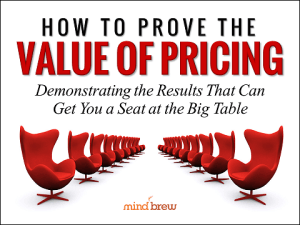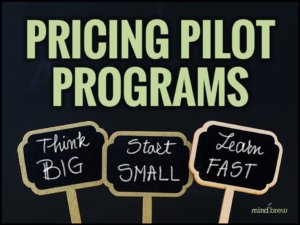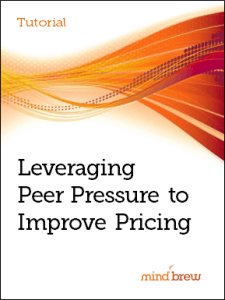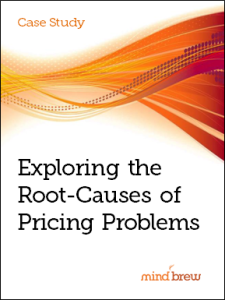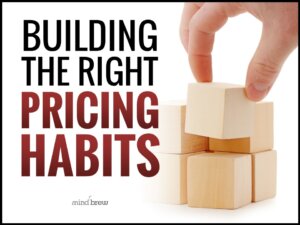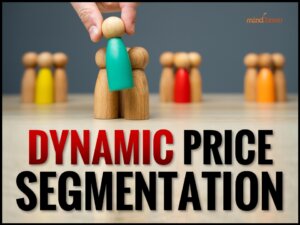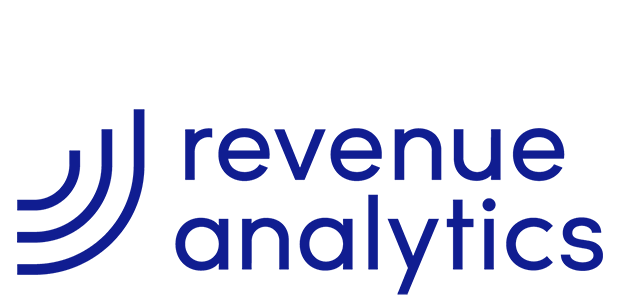Very few CEOs have any experience as pricing practitioners. As a result, many of them don’t really understand the discipline. So it’s really not all that surprising that some of them have some misconceptions about what it is we do.
In our conversations with B2B firms we hear about three common misperceptions over and over again. All three of them tend to persist because they have a foundation in reality. And unfortunately, executives who believe these myths tend not to give the pricing team the support they need.
The good news is that, in most cases, it is possible to correct these misconceptions. With the right approach you can turn a C-level executive who used to be a pricing obstacle into a pricing champion.
So what’s the right approach? Here’s what we’ve heard from some really successful pricing experts about common misperceptions and how to correct them:
- Sales will figure out the market price. Many executives believe that pricing is really out of the company’s control—after all the price is just a reflection of the current supply and demand in the market. That is true—up to a point. What these executives fail to realize is that the market price is really a range. And some segments of the market will be willing to pay higher prices than others. Often the best way to begin dealing with this myth is to demonstrate the impact of a small 2 percent price change. Increasing your price by just 2 percent is still going to leave you within the range of the market price, but it could have a substantial impact on margins. Once executives begin to see the power of small price improvements, you can begin to educate them about the power of price segmentation.
- It’s risky to mess around with pricing. Anyone who’s taken a single business class can tell you that increasing prices tends to decrease sales. And decreasing sales sounds pretty scary if you’re an executive tasked with hitting monthly revenue projections. The truth is that changing your prices does carry a certain amount of risk—but it’s a risk that can be quantified and managed. Starting with a small pricing test or pilot program is a great way to minimize the perceived risk. Then the pricing team can go to the executives with concrete numbers: We increased the price by X%, which resulted in a loss of X% of sales and a net revenue gain of X. When the executives know what they can expect, pricing changes begin to seem much less risky.
- Pricing people just analyze and don’t help make actionable decisions. Unfortunately, this misperception may have been borne out by executives’ past interactions with pricing folks. Being overly analytical is a common fault among pricing practitioners—after all, most of us became pricing practitioners because we really love to analyze things. The way to correct this misconception is to change the way you talk to the C-level team. Instead of giving them the numbers first, give them your recommendations first. Then use a few succinct data points or charts to explain why you have made the recommendation. They will probably ask you to drill down and clarify some things, but you have a much better chance of getting them to follow your recommendations if they actually know what your recommendations are.
Dealing with the executive team is a critical part of your job as a pricing practitioner. If you can get them to understand the true power of pricing, you’re much more likely to gain support for your initiatives and to play a leading role in the management of your firm.
To help with that process, we have a webinar called Proving the Value of Pricing. It walks you through the process step by step and offers valuable tips from other pricing professionals who have gone through similar challenges at their firms.
Proving the Value of the Pricing Function
Pricing Pilot Programs

